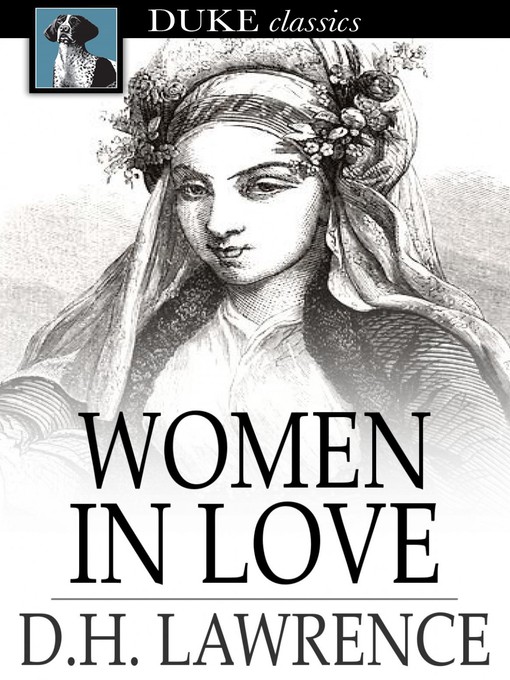

The dawn of the Industrial Revolution was about to change the structure of society forever and we find Lawrence's characters, grappling with changing ideas and vanishing traditions. The conflict between society's conventions and individual desires is another theme that runs through Women in Love. Her desire to work at a job outside the home, earn an independent living and the blurring of social boundaries are other themes that Lawrence felt deeply about and depicts in this book. Victorian ideas of a woman's role, her rights and her expectations were undergoing a sea-change at this time. Lawrence was deeply influenced by Freudian psycho-analysis and also by the philosophy of Friedrich Nietzsche.

Though the book examines physical and emotional love in a frank and fearless way, Lawrence's critics suggested that it was also told from a male chauvinistic point of view. Hence, the book is also an invaluable biography of contemporary writers and their lives. His friend Katharine Mansfield comes alive as Gudrun and Gerald Crich, her husband John Middleton Murry. Ursula was based on his own wife, Frieda, while Birkin is a close self-portrait of himself. Spanning the time before and during World War I, Lawrence drew many of the characters from real life. However, Birkin is also a passionate and intellectual man, whose unconventional ideas attract Ursula. Gudrun falls in love with a wealthy industrial tycoon, Gerald Crich while Ursula's heart is captured by a school inspector, Rupert Birkin.

The plot deals with the continuing saga of the Brangwen sisters, Ursula and Gudrun. The moral backlash prevented many readers from appreciating the true nature and depth of this insightful novel. Yet, by 21st century standards, Women in Love seems almost tame, and modern-day readers may well be bewildered by the amount of criticism it generated among the custodians of morals in an earlier age. However, a complicated publishing history, delays and editorial revisions, followed by the hostile reception and controversies that faced The Rainbow led to a gap of five years between the two books. Published in 1920, the two books were originally meant to be a single work, spanning several generations of the Brangwen family, especially the women. If you have read DH Lawrence's The Rainbow, you'd certainly want to read the sequel, Women in Love.


 0 kommentar(er)
0 kommentar(er)
